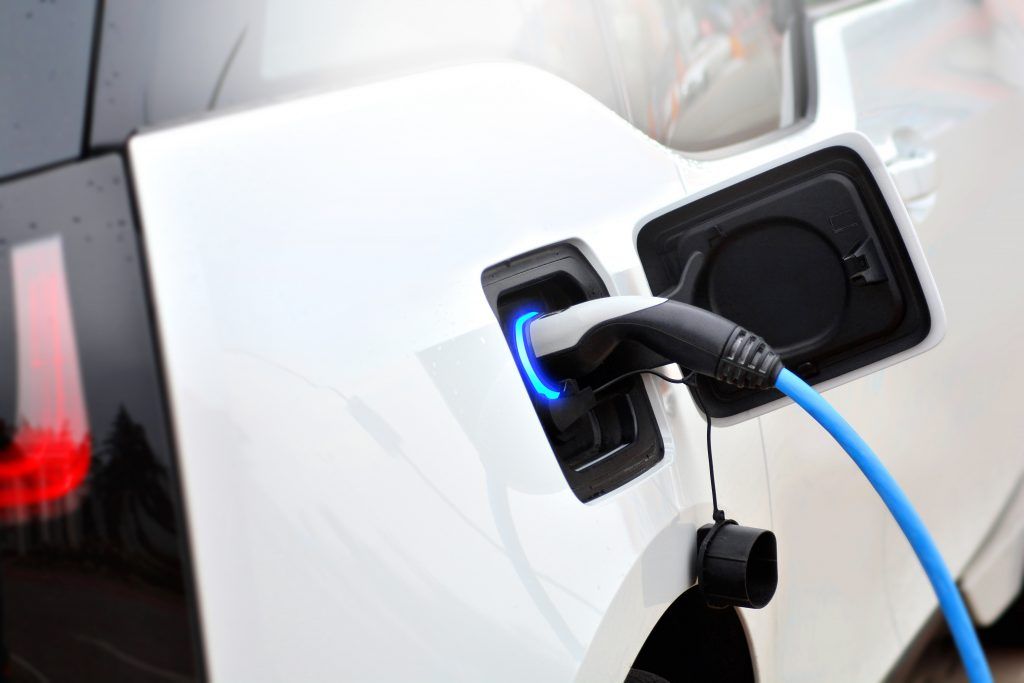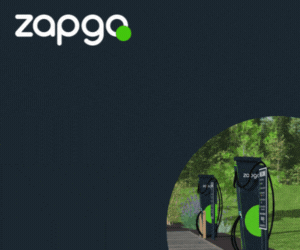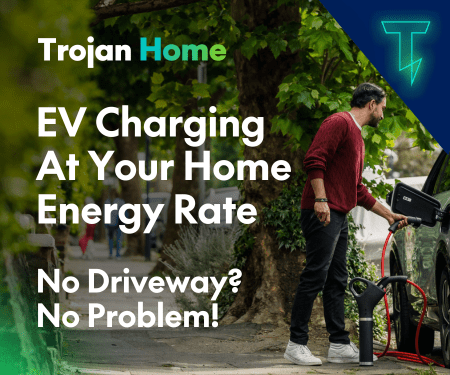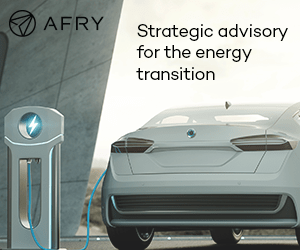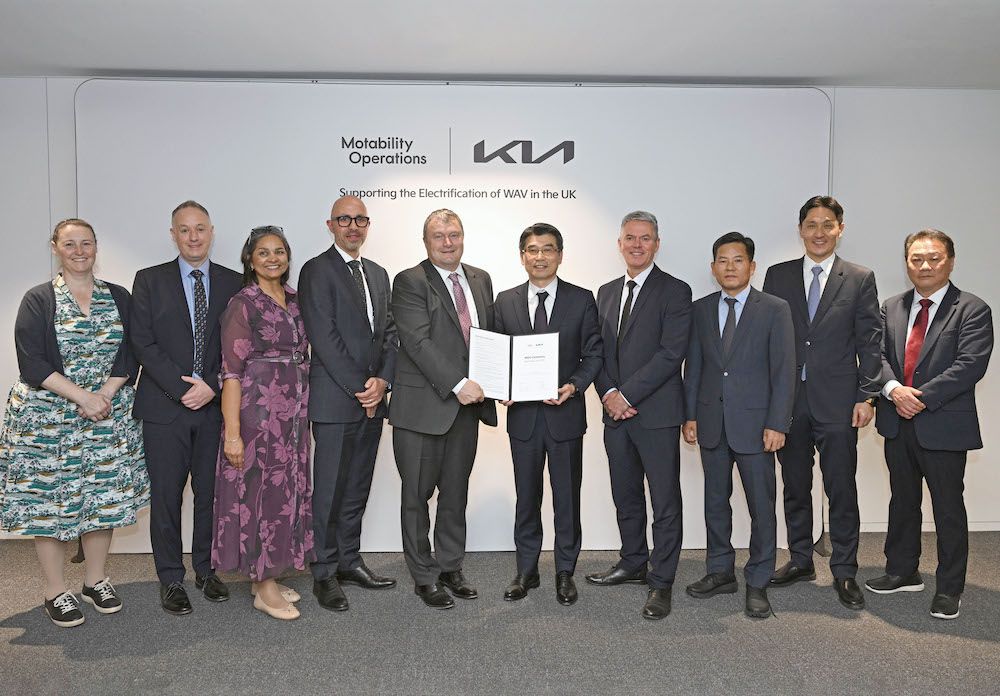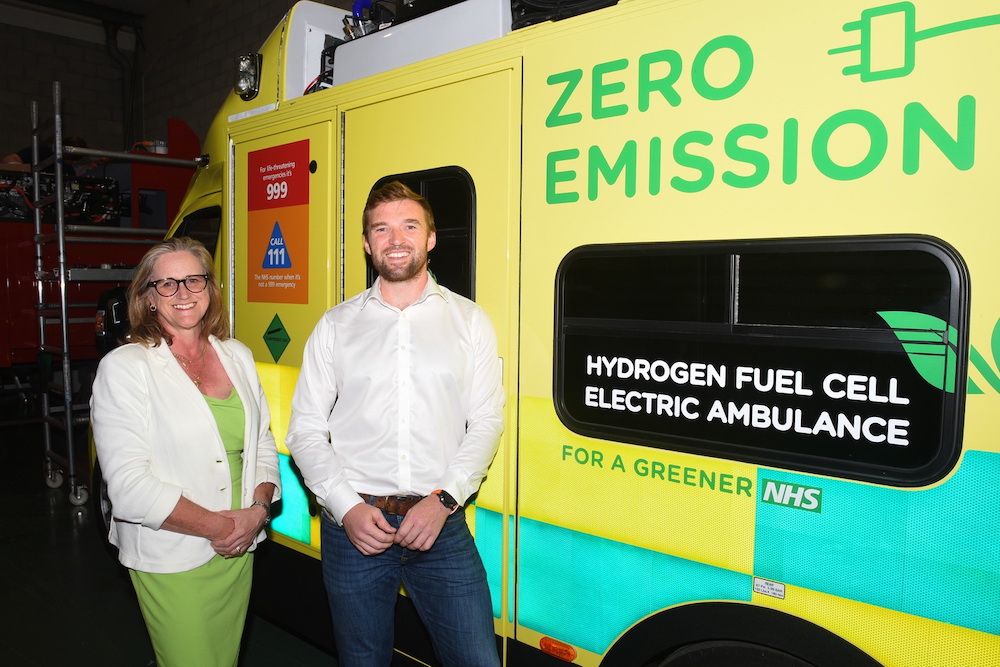Transport + Energy hears from Colin Herron CBE, Professor of Practice at Newcastle University and Managing Director of Zero Carbon Futures, who discusses the transition to electric vehicles and how the sector needs to focus on six key areas to get there.
There is a transition in the transport sector, which is an opportunity for some and something to be resisted by others. The resistance is in two forms. The first is the ‘I just do not like EV‘’ so I will stamp my feet and make up stories and hope they will go away. The second is the existing players in the market who see no future for their product but try to convince us they can change their product and that it is green.
For me, having spent almost 50 years either working in or involved with the automotive sector, the vehicle manufacturers are the ones who call the shots as they determine; how many, at what price and the specification. The car makers also decide territory allocation. It is also a fact which might be unpalatable, but those decisions are in large not made in the UK.
We can debate green, blue, grey and pink hydrogen as much as we want, but if the vehicle manufacturers do not make the product the debate is academic. There are no car makers in Europe with any plans to make fuel cell EV beyond prototypes or niche vehicles so accept it and move on. Plug in sales for 2020 in Europe hit 1,000,000.
EV is the choice. Yes, improvements are needed, but it is happening. There are some 120 EV models on offer whereas hydrogen has two. The battery technology works for almost everybody and there are still 13.5 years until no ICE, so no panic for the person who must carry five children and their camping equipment, etc. The batteries are good but there’s not enough of them. Fortunately, the battery plants are being installed and the current one in Sunderland will soon be joined by two much bigger plants. The UK also has the Faraday Institution focusing on making us world leaders in batteries.
Infrastructure is going in in large numbers. I have to say though that there is little or no coordination as to where and the type being installed. At Newcastle University we are working on the question of how many, by type, where and when. This has never been fully answered yet and the media/public use a singularity…infrastructure.
What are the challenges we should be discussing to hit the 2030 and 2035 deadlines?
- How, where, and when will the driver charge?
- When will high volume low cost EVs arrive?
- How much infrastructure do we really need by type and location?
- Will cars/vans standard architecture be 400v or 800v or more?
- What are the vehicle manufacturers going to make in terms of battery capacity, when and in what numbers?
- What is the solution for long haul HGVs and coaches?
There are the nice to haves (noise) where work needs to continue but they should not cloud the huge amount of work required to hit the targets. What is the noise? Induction charging, battery swap, fully autonomous, hydrogen for buses, cars and vans.
Take an engineering approach to what is happening. If a car is to be launched in 2023 and it does not have battery swap it is not going to happen, until a face lift or new platform which could be in 2030. The clues are out there to the intent of the vehicle makers, the skill is to read the clues and then make good predictions.
The national debate should focus on the six points above and there should be a national strategy for the transition. Any other discussions, at the moment, are I am afraid noise.





